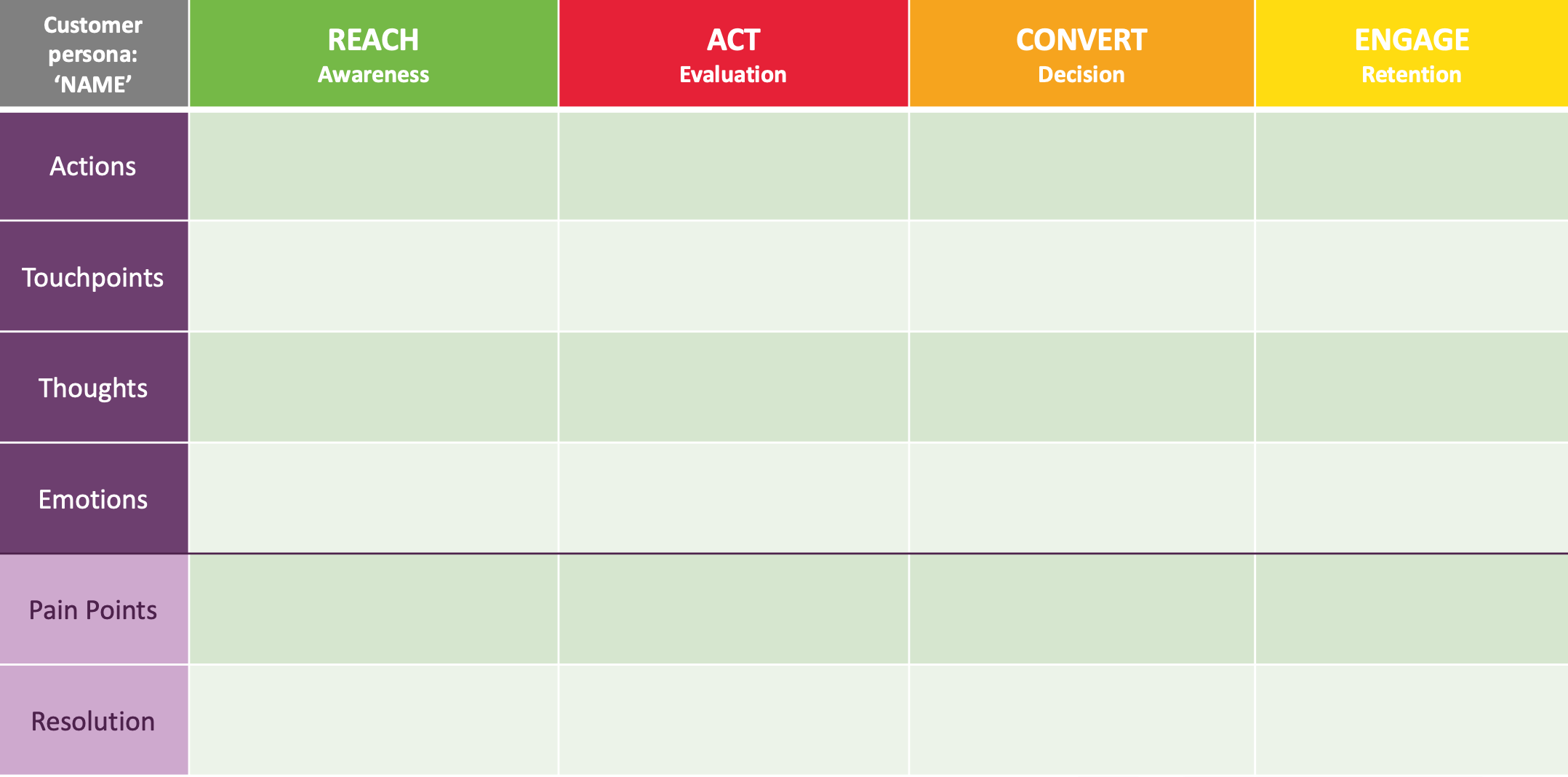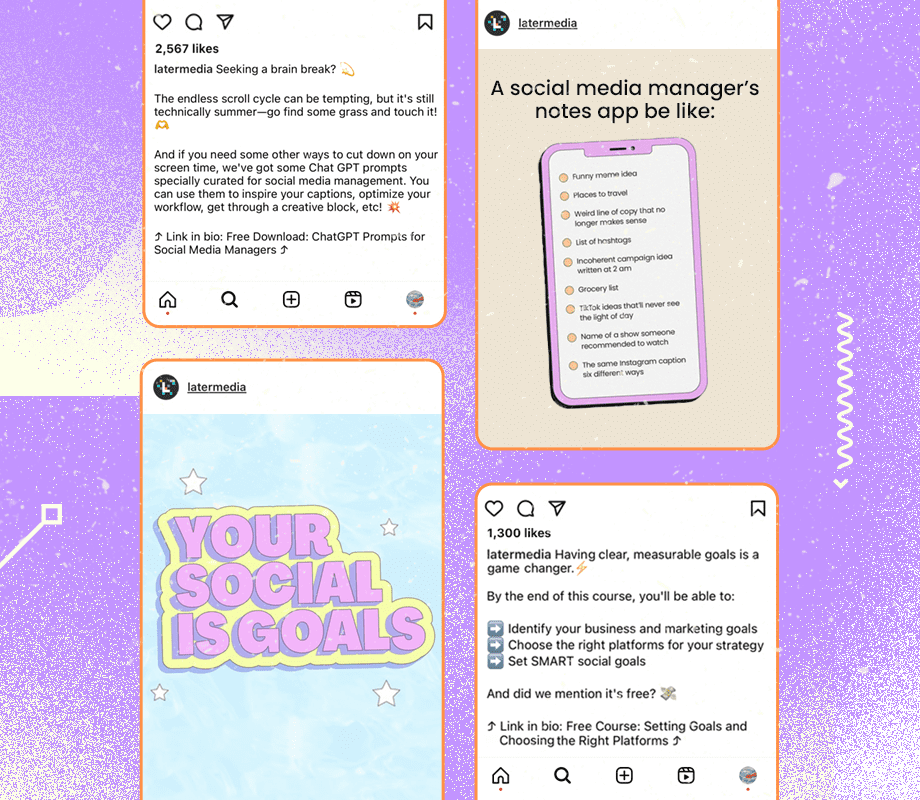When ICE arrives: A strategic communications playbook
A brief overview of what to expect and how to prepare for the moment ICE turns its gaze upon your employees. As Immigration and Customs Enforcement intensifies worksite operations, including routine I‑9 audits, surprise raids, detentions and enforcement of new visa and Temporary Protected Status rules, employers suddenly find themselves thrust into high-stakes situations. Leadership […] The post When ICE arrives: A strategic communications playbook appeared first on Ragan Communications.

A brief overview of what to expect and how to prepare for the moment ICE turns its gaze upon your employees.
As Immigration and Customs Enforcement intensifies worksite operations, including routine I‑9 audits, surprise raids, detentions and enforcement of new visa and Temporary Protected Status rules, employers suddenly find themselves thrust into high-stakes situations. Leadership communications must protect operations, reassure staff and defend workers’ rights while navigating complex legal waters and avoiding unwanted attention.
The National Immigrant Law Center keeps a consistently updated guide on What to Do If Immigration Comes to Your Workplace.
The guide outlines enforcement scenarios and how employers can respond across a range of professional roles, including comms. We’ve pulled out some of the strategies communicators can use to prepare and respond clearly and compliantly, while doing what they can for employees and their business.
I‑9 audits
An I‑9 audit is a planned ICE review of whether employers properly completed employment eligibility forms and retained records for three years post-hire or one year post-termination. NELP advises employers to treat it as a standard regulatory procedure. Internally, leaders should explain employee rights and reassure staff that cooperation doesn’t mean compromising privacy.
Externally, messaging should emphasize compliance and not apologies. Frame your organization as transparent with processes in place to protect employees, and highlight legal support like paid access to counsel and union representation where appropriate.
Unannounced raids
Raids are high-pressure events. ICE agents may enter public areas without consent, but private work zones are off-limits unless a judicial warrant signed “U.S. District Court” is presented. Administrative warrants do not permit entry.
Communications guidance:
- Internally, instruct staff not to run or reveal information, remain silent and defer to the employer.
- A designated communications lead should document events, video what’s allowed, and log any restrictions on movement.
- After the raid, compile and share a factual incident report with employees, unions, HR and legal counsel. Comms and HR should work together to support measures for affected staff, including paid leave, wage continuation, separation packages, legal referrals and bond funds where appropriate.
Externally, keep statements factual and calm, focused on workplace safety, employee rights and lawfulness. Emphasize legal compliance and humane handling of any impacted workers.
Targeted detentions
If ICE seeks a specific employee, collateral detentions can occur. Employers should reinforce existing messaging and advise affected workers to remain silent except to ask for an attorney.
Any internal or external communications must respect the individual’s privacy and due process, while signaling broader organizational commitment to legal compliance and employee support.
A unified plan
Before an ICE action, employers should develop a written response plan rehearsed with legal guidance, and conduct “Know Your Rights” trainings. If you haven’t already, assign clear roles, including a legal advisor, communications lead, and union liaison, and prepare message templates for audits, raids and detentions.
During an incident, act quickly but calmly. Maintain control of internal messages, restrict public statements to essential facts and log everything observed. Reassure staff by reminding them of workplace safety measures and legal protections.
After the event, distribute an internal summary of the incident and publicize support measures, if offered. Make a follow-up external statement that reinforces accountability, compliance and community.
Employer comms checklist:
- Develop and rehearse a documented ICE response plan with legal counsel
- Conduct “Know Your Rights” training for all employees
- Designate on-site legal, crisis and communications leads
- Prepare message templates for I‑9 audits, raids, detentions
- Post workplace rights reminders in break areas
- Compile logs during any action
- Offer support
- Coordinate internal debriefs and external updates
External messaging checklist:
- Issue prompt, factual statements with no sensationalism
- Emphasize compliance with laws
- Emphasize employee safety and dignity
- Follow up publicly on support and community actions
- Maintain message discipline: keep tone consistent, empathetic and legally sound
The post When ICE arrives: A strategic communications playbook appeared first on Ragan Communications.














_1.jpg)








![How To Drive More Conversions With Fewer Clicks [MozCon 2025 Speaker Series]](https://moz.com/images/blog/banners/Mozcon2025_SpeakerBlogHeader_1180x400_RebeccaJackson_London.png?auto=compress,format&fit=crop&dm=1750097440&s=282171eb79ac511caa72821d69580a6e#)

![Brand and SEO Sitting on a Tree: K-I-S-S-I-N-G [Mozcon 2025 Speaker Series]](https://moz.com/images/blog/banners/Mozcon2025_SpeakerBlogHeader_1180x400_LidiaInfante_London.png?auto=compress,format&fit=crop&dm=1749465874&s=56275e60eb1f4363767c42d318c4ef4a#)

























![The 11 Best Landing Page Builder Software Tools [2025]](https://www.growthmarketingpro.com/wp-content/uploads/2024/04/best-landing-page-software-hero-image-1024x618.png?#)









































![How to Create an SEO Forecast [Free Template Included] — Whiteboard Friday](https://moz.com/images/blog/banners/WBF-SEOForecasting-Blog_Header.png?auto=compress,format&fit=crop&dm=1694010279&s=318ed1d453ed4f230e8e4b50ecee5417#)




![What Is a Markup Language? [+ 7 Examples]](https://static.semrush.com/blog/uploads/media/82/c8/82c85ebca40c95d539cf4b766c9b98f8/markup-language-sm.png)













































